
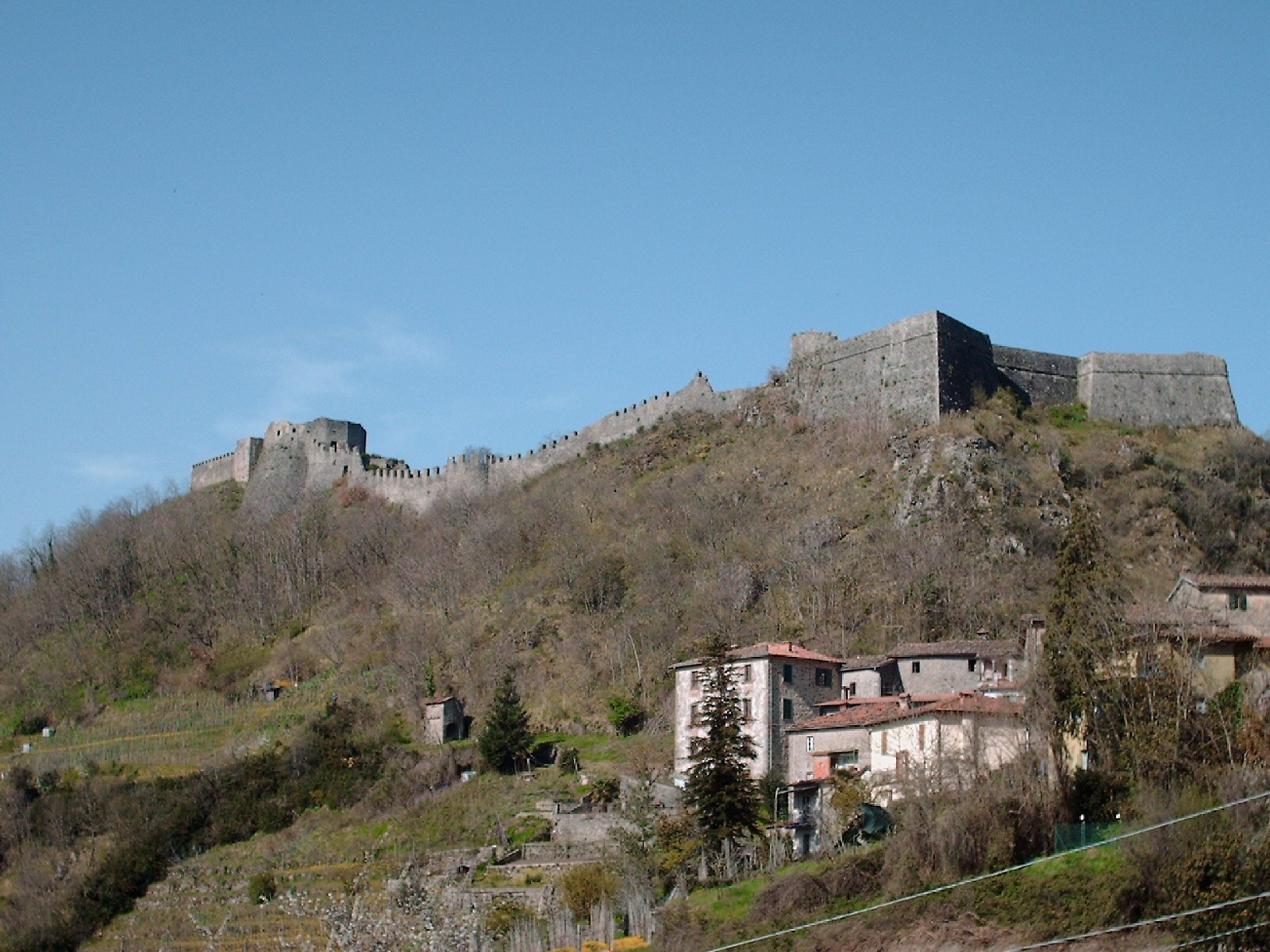
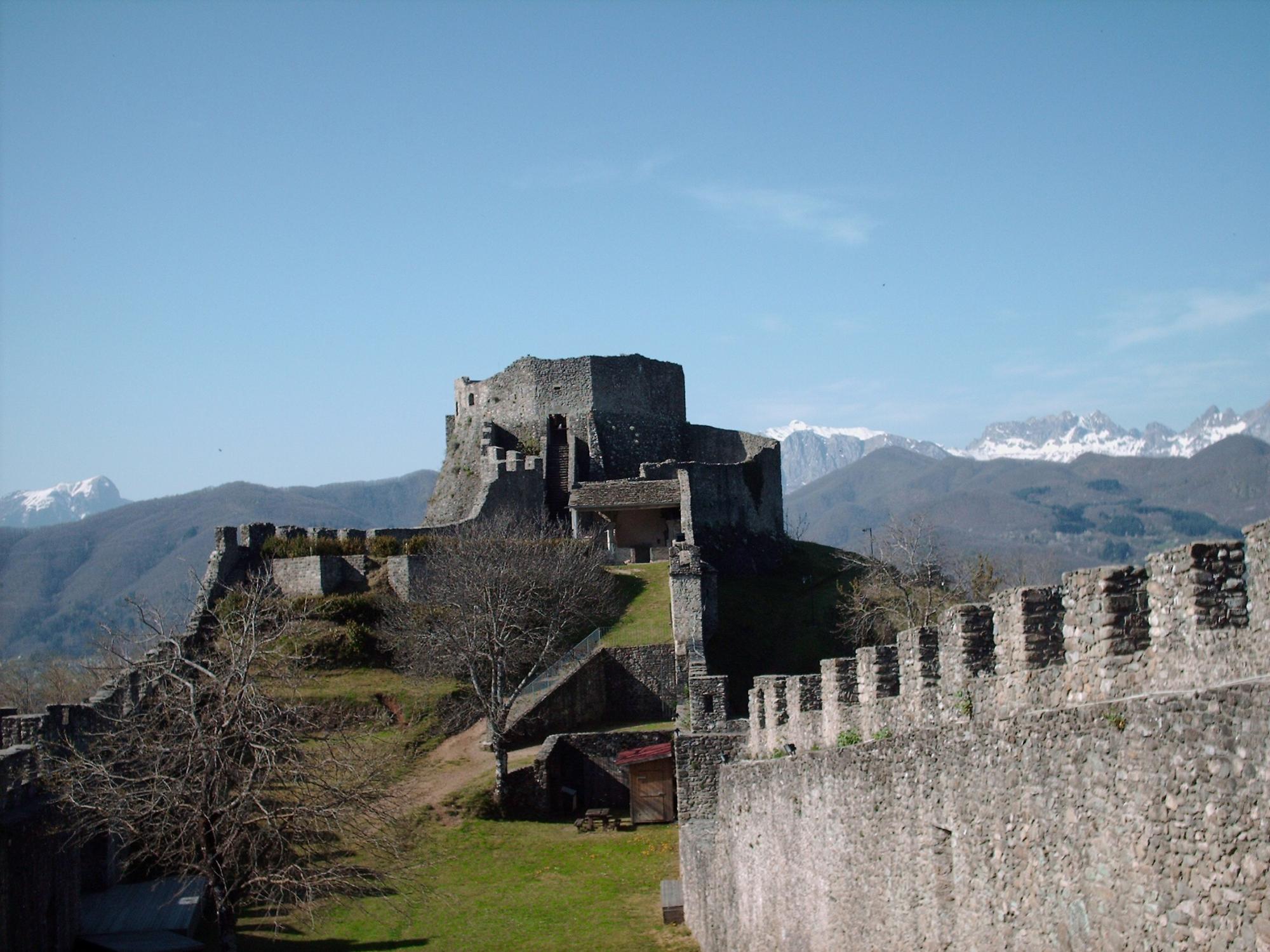

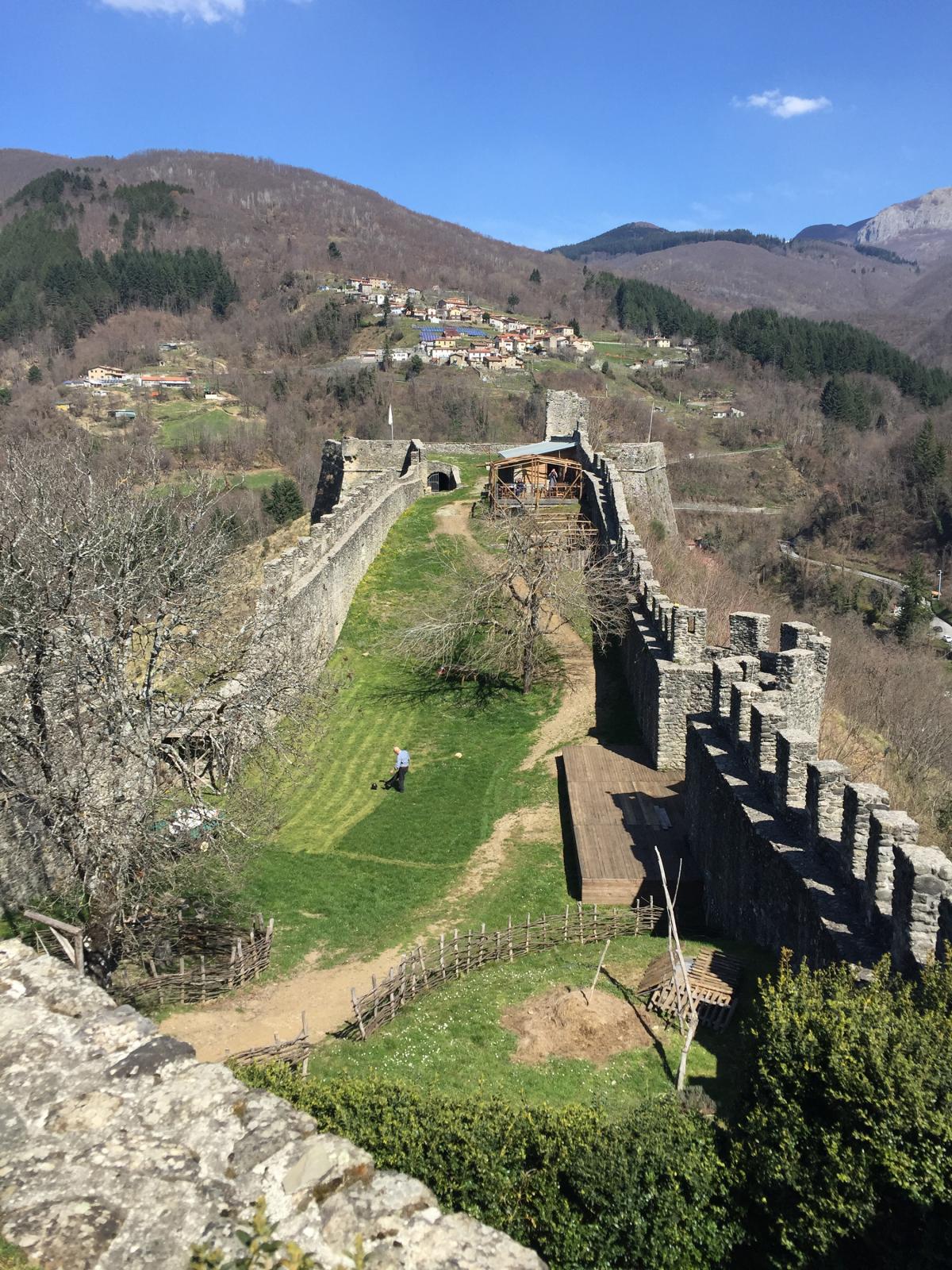
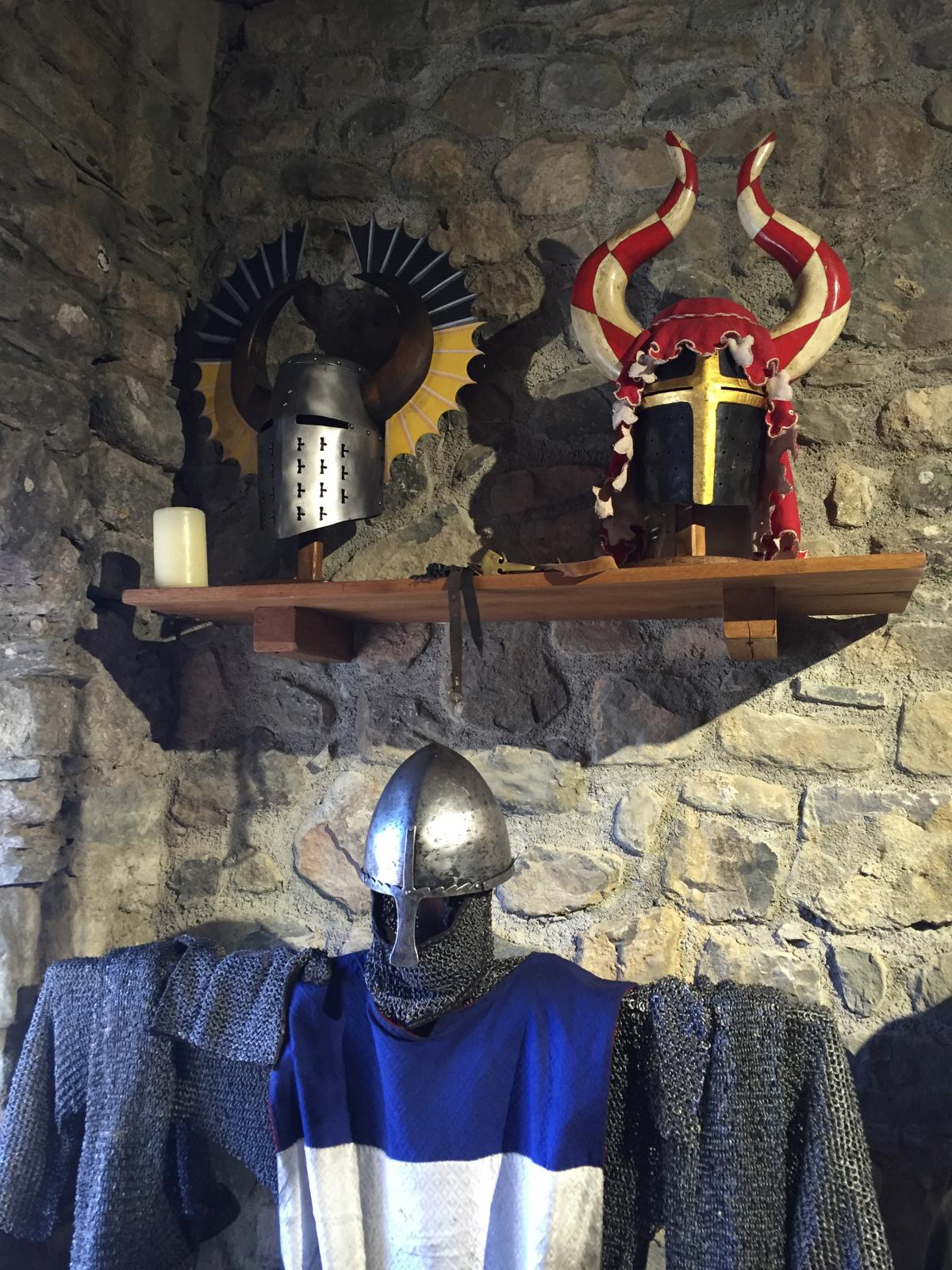
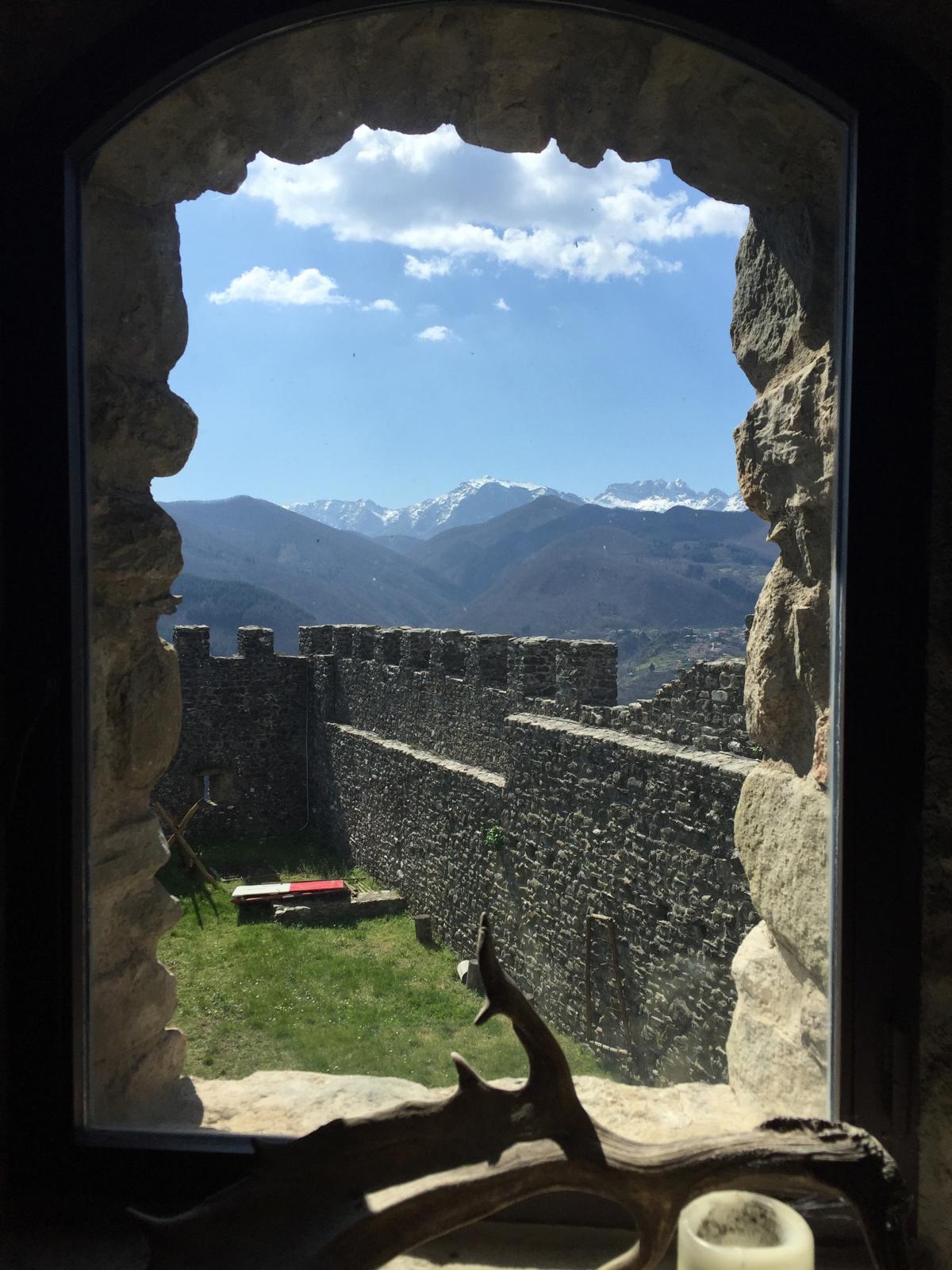

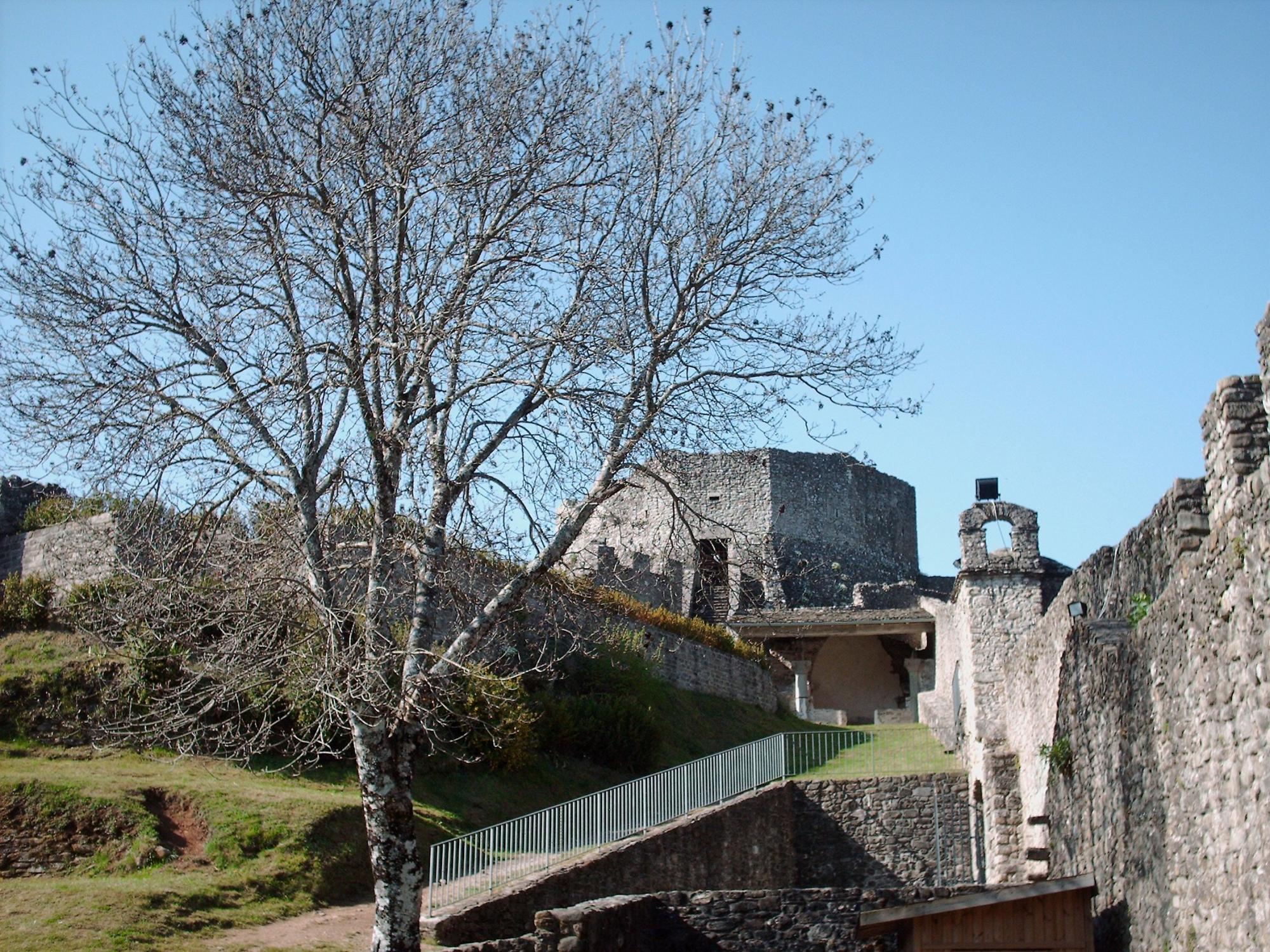
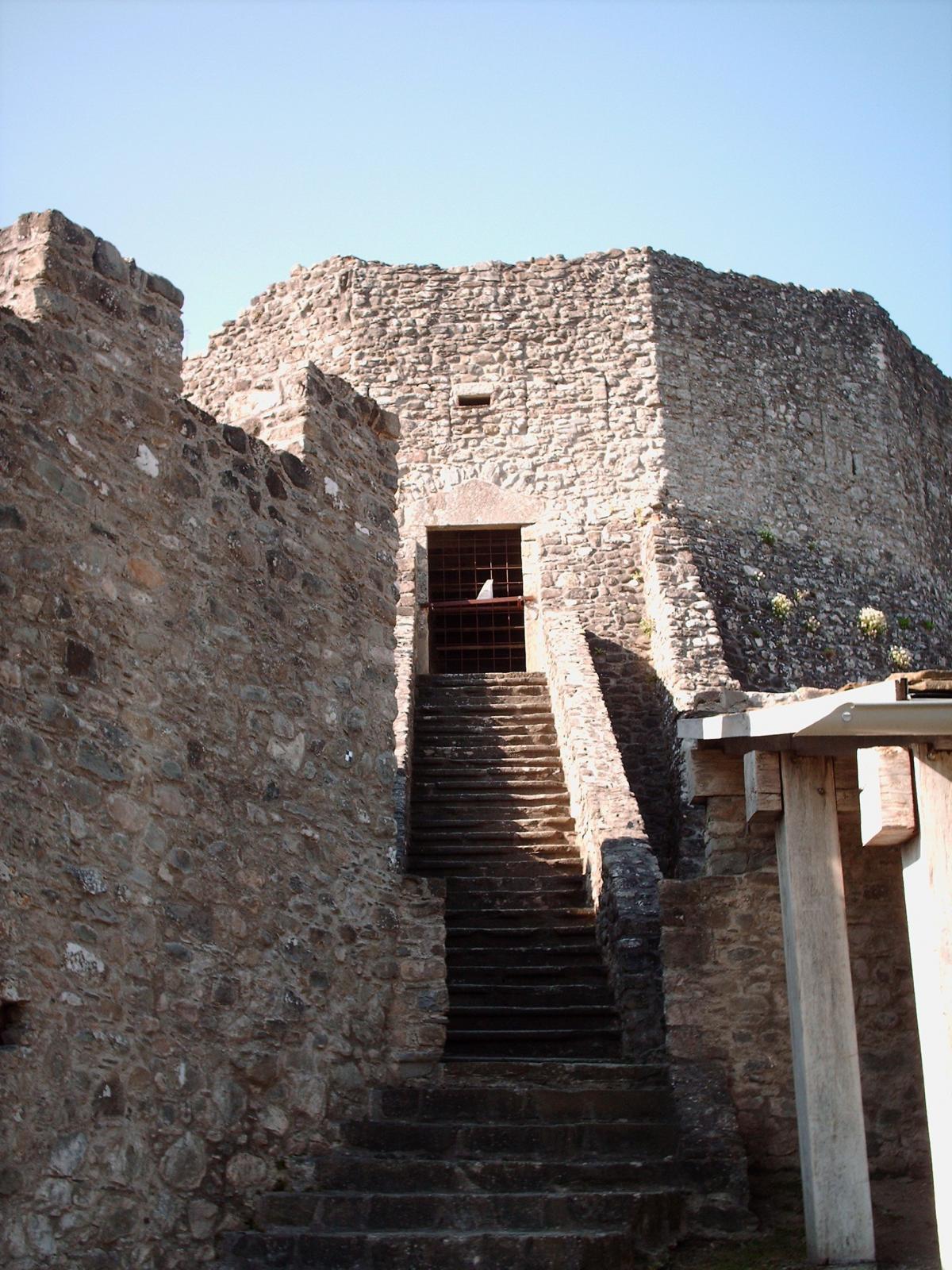
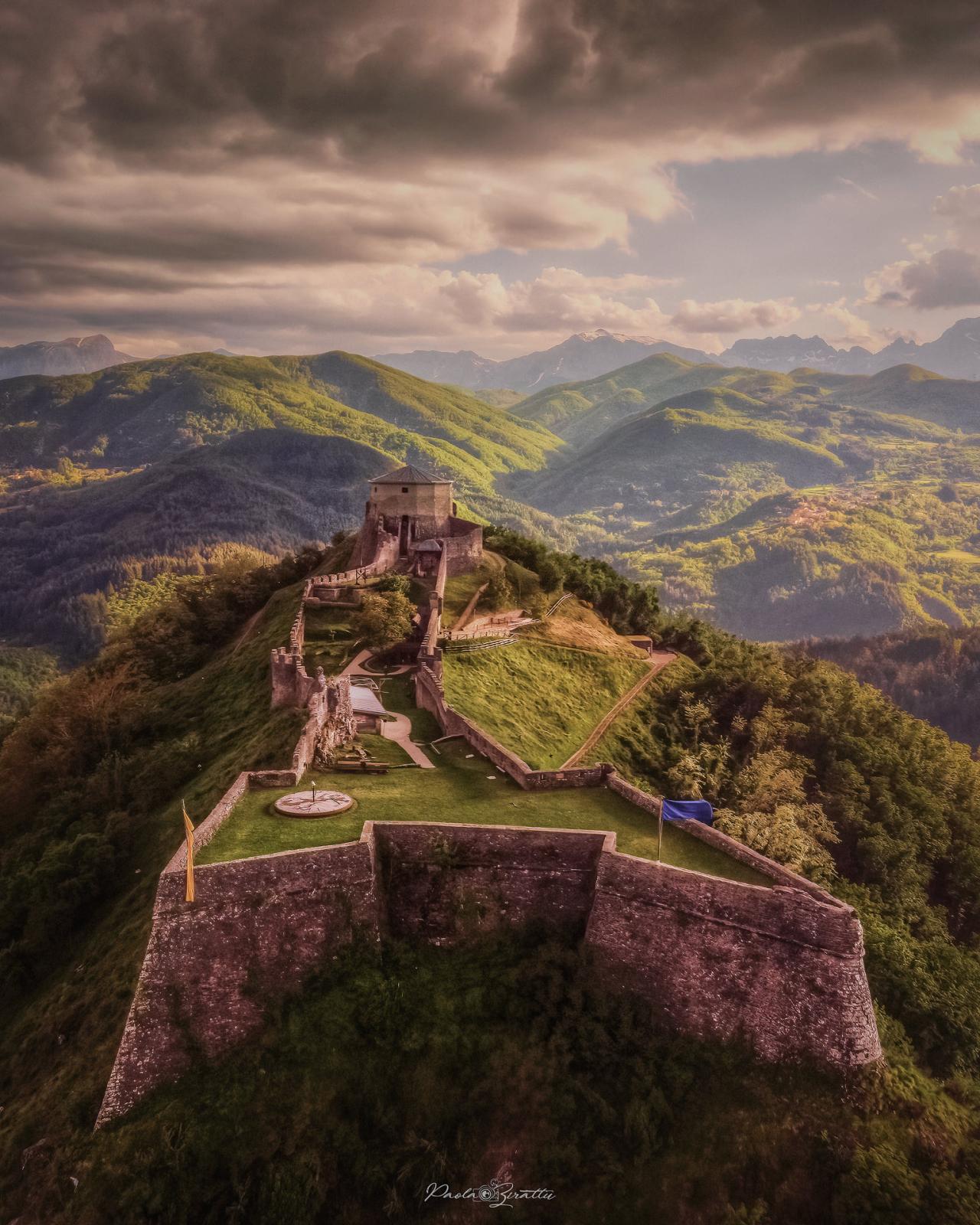











How to reach
The Castle rises over the homonymous suburb in the commune of San Romano in Garfagnana. From Florence, you can follow the motorway A11 until the exit 'Lucca', then the SS12 called 'of the Abetone and the Brennero' and finally the SS435 of the Garfagnana until Castelnuovo. Here we find the indications for San Romano and for Verrucole.
History
The hamlet of Verrucole rises at the center of the high Garfagnana Valley and its castle, also known as Fortress, is considered the most important medieval testimony of this area. Traces of ancient settlements on the site are constituted by numerous Neolithic-era tombs, a necropolis of the ancient people called 'Liguri' (near San Romano) and the Roman Via Clodia (Clodia Road), but the first written records date back to the Middle Ages. The territory was divided and contested between two feudal lordships: the counts of Bacciano, whose castle does not exist any more, and of the most powerful Gherardinghi, who had their center of power in the castle of the Verrucole until the year 1285.
With the decline of feudal power, the area of San Romano became a free commune, but soon the expansion of the near city of Lucca in the Garfagnana with the intention to control the passes and the roads towards the north of the high Serchio valley led to the submission of Verrucole castle. For successive centuries, Verrucole did not know peace; contested between the Florentines, the Marquises Malaspina, and the Dukes of Este, it was often the center of skirmishes and battles. The last battle was in 1520, when, under Estense control, it was besieged by the Florentine army. Finally, in the second half of the 16th century, the Dukes consolidated their dominion over the valley, and the castle remained under their control until the unity of Italy.
All the history of the high Garfagnana passed between the walls of Verrucole. From its position on a relief approximately 600 meters high, it is possible to dominate the Alps Apuane, the Apennines, and a greater part of the bottom of the valley. Its origin is clear in its medieval forms: it was originally formed by two nucleus at the extremities of the hill: the 'Rocca Tonda' (Round Rocca) to the most elevated southern vertex and the 'Rocca Quadra' (Square Rocca) to the north. The Round Rocca's original ancient nucleus, probably of the 11th century, was constituted from a massive keep with an octagonal shape (it is similar to the not-far Castle of Aghinolfo) approached by a long stair in stone. Inside, there were the rooms of the gentleman on two levels. The remains of the kitchens and other local facilities can still be seen. At the foot of the stairs rose the castle's chapel, in which we can still admire two columns with carved capitals. The keep is on the south side of a walled enclosure surrounding the inner courtyard. Two curtains with battlements leave from here towards the north and, perfectly following the margins of the crag, reach the opposite extremity.
Here rose the 'Rocca Quadra', the strictly military nucleus of the castle, today totally gone and replaced by two bastions erected by the Estensi, where the Constable maintained a small garrison with light artillery until the second half of the 1600. In this part of the castle, there're also some galleries, which are also used as stores for gun powder. The two nucleus are joined together by two walled curtains, endowed at the center with two towers with semicircular forms, loop holes, and a watchwalk. The area enclosed between the two 'Rocche' constitutes the inner ward, where also other buildings, now gone, were placed. The western curtain has only one gate for access to the complex, endowed with a breteche.
Abandoned for years and reduced to ruins and overgrown with vegetation, so much degraded to fear a definitive collapse of the structures, the castle of Verrucole is today opened to the public after a six years of careful restoration that have brought it back to its ancient scenic beauty. In the distance, its walls, endowed with nearly perfectly intact battlements, seem to pay homage to its power. Walking through the few hundred meters that separate the castle from the village, where it is necessary to leave the car, we can't imagine what to expect at the top of the hill: breathless sight of all the surrounding area, the Apuane Alps, the Apennines, and the Gagafgnana. Personally, I think Verrucole is one of the most beautiful medieval castles in Tuscany and a perfect example of successful conservative restoration. I'm not afraid to paragon it with some of the famous Cathar castles of southern France, for example Peyrepertuse.
More info & notes
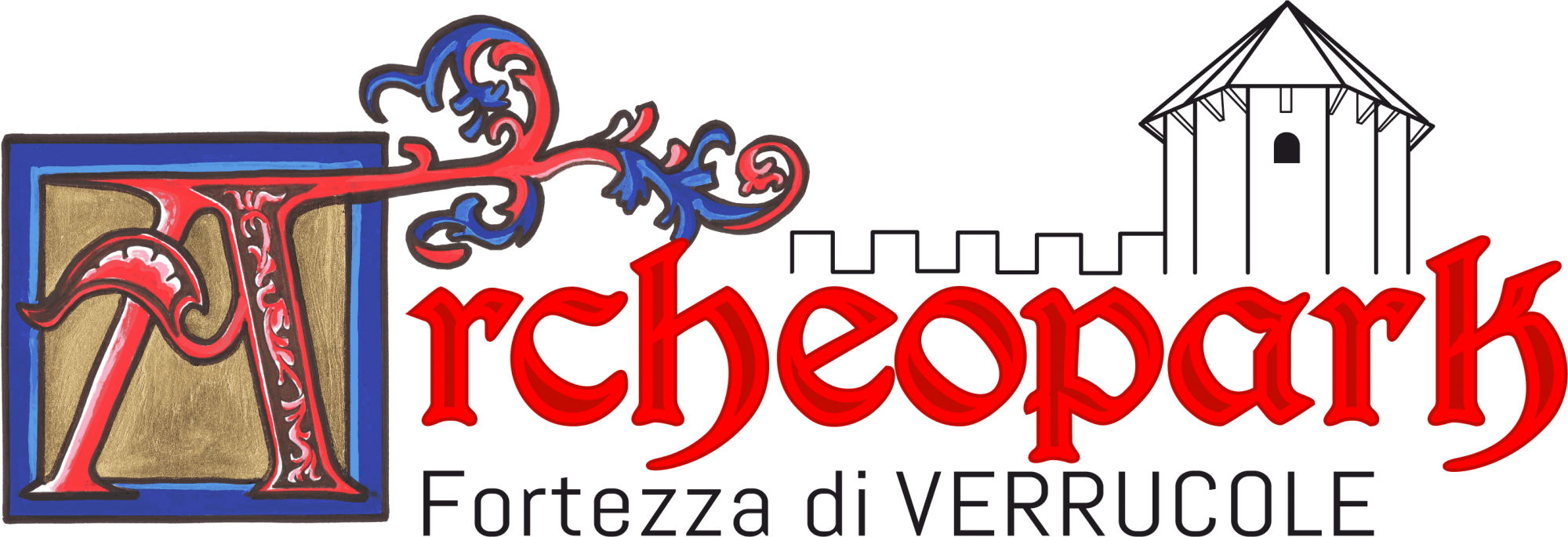 The Fortezza Verrucole Archeopark project involves the reconstruction of life inside the Fortress in the form of a living museum. as it was when it was inhabited in the past. The rooms have been rearranged as they might have appeared at the end of the 13th century, and thanks to the presence of guide-reenactors, one discovers the history and life of the Fortress and in the Fortress. In addition to guided tours, hands-on workshop activities aimed at both children and adults are offered.
The Fortezza Verrucole Archeopark project involves the reconstruction of life inside the Fortress in the form of a living museum. as it was when it was inhabited in the past. The rooms have been rearranged as they might have appeared at the end of the 13th century, and thanks to the presence of guide-reenactors, one discovers the history and life of the Fortress and in the Fortress. In addition to guided tours, hands-on workshop activities aimed at both children and adults are offered.
Official Website: http://www.fortezzaverrucolearcheopark.it/
--
Aerial Photos courtesy of Paola Zirattu - https://www.instagram.com/paola_zirattu/